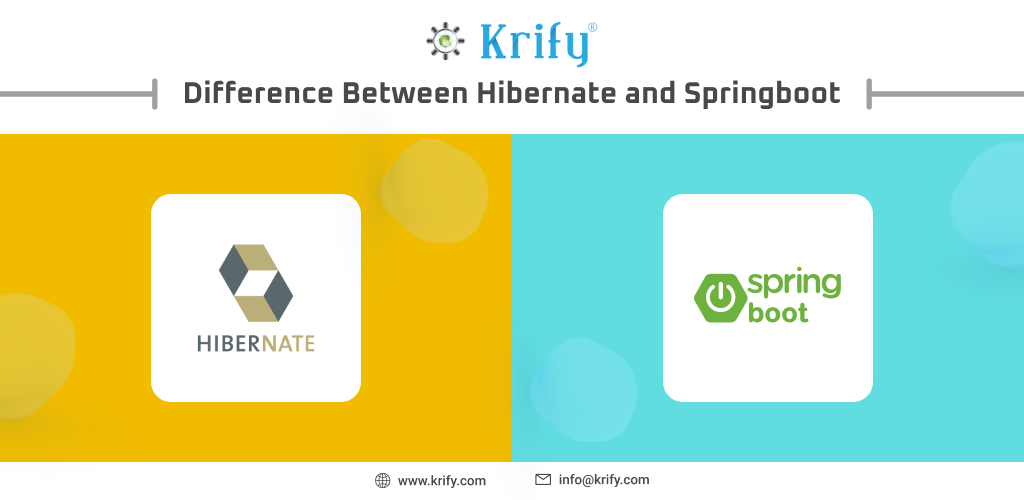Every day, new tools and technologies emerge in the software industry. A few, on the other hand, are in it for the long term, only enhancing over time by adapting to the changing needs and demands of the industry. Java is such a technology that has made its way into billions of systems and persists to be effective.
Java frameworks are Java programming languages unique and can be used by developers to recurrently program applications without having to build the commonly used standard codes from the initial concept. Therefore, they are pre-written code collections that developers use to create Java applications. It is possible to include predefined classes and functions for encoding, interacting with, and managing hardware devices. Difference between Hibernate and Springboot: Hibernate is an object-relational mapping (ORM) framework for Java applications, providing a framework for mapping an object-oriented domain model to a traditional relational database. Spring Boot, on the other hand, is a framework for building Java applications that simplifies the process of setting up and configuring Java-based applications.
What is Springboot in Java?
The Springboot framework is a powerful, lightweight tool that also supports Aspect-Oriented Programming (AOP). This framework can be useful for those who are familiar with MVC architecture. Spring’s ability to house multiple modules is one of its most important features. The data access modules make it easier for developers to work with datasets.
Key Features:
- Has interoperability with annotation-style configuration
- It is simple to integrate with other frameworks.
- Because of the dependency injection functionality, it is portable.
- Programming with Aspects
- Backward compatibility is supported.
What is Hibernate in Java?
Hibernate is a Java framework that includes an abstraction layer. It also expertly handles internal implementations, such as writing a query for CRUD operations or aligning to databases, and so on. Because Hibernate application development classes are gently coupled, it is not required to implement API interfaces or extend from API classes. Hibernate can work with multiple technologies at the same time, but it can also stand alone.
Key Features:
- Enables powerful data analysis with minimal coding.
- High efficiency and flexibility
- Portable and open-source
- Allows for automatic table creation.
- It provides query statistics as well as database status.
Conclusion:
The fundamental difference between Spring and Hibernate is that Spring is a perfect and modular framework for developing Java Enterprise Applications, whereas Hibernate is an Object Relational Mapping framework that specialises in data and ensures retrieval from a database. Hibernate is built into the Spring framework.
In the Java community, Spring is a well-known framework. Spring includes the core container, JDBC, MVC, and a number of other features for developing an entire application. Hibernate communicates between the application and the database using objects rather than plain SQL. It has excellent performance, flexibility, and dependability.
At Krify, we have a team of professionals who are well-versed in developing robust mobile and web applications, based on the requirements shared by the clients. If you are looking for any consultation with our technology team and would like to know more about the technologies like hibernate and Springboot,contact us today.




